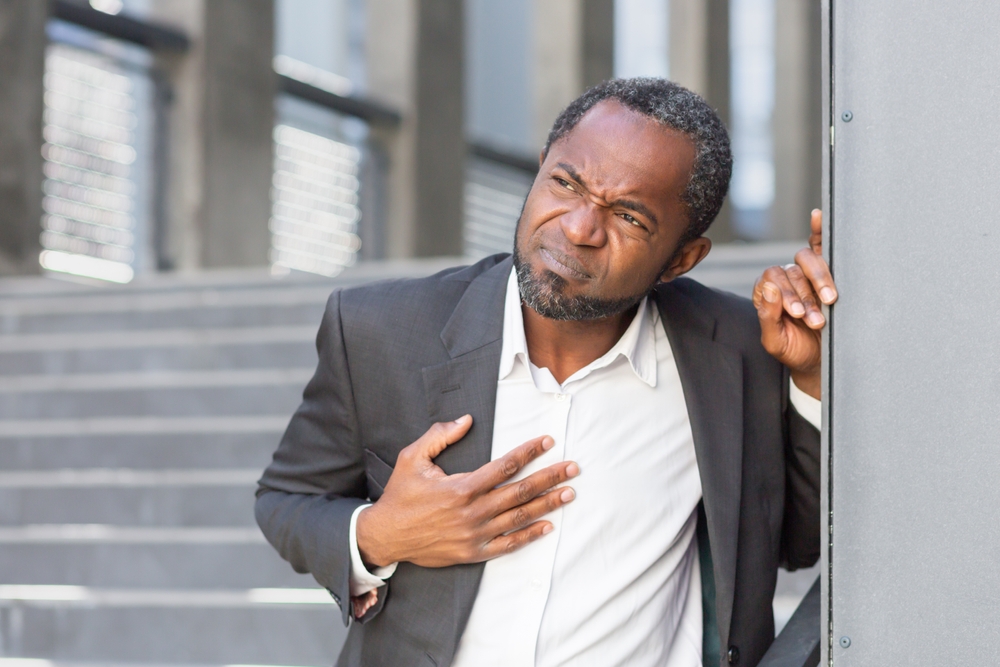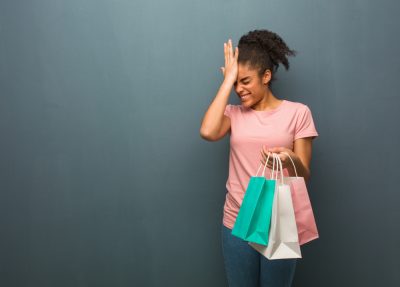A stroke is one of the most urgent medical emergencies that a person can experience, yet many people may not know how to identify the signs when they appear. Understanding the warning signs of a stroke can make all the difference in saving a life. Immediate action — such as calling emergency services — can mean the difference between life and death, or long-term disability and recovery. In this article, we’ll explore the critical warning signs of a stroke and how recognizing these signs early can prevent severe consequences.
What exactly is a stroke?
A stroke occurs when the blood supply to a part of the brain is interrupted or reduced, preventing brain tissue from getting the oxygen and nutrients it needs. Brain cells begin to die within minutes. There are two main types of stroke: ischemic strokes — which are caused by blocked arteries — and hemorrhagic strokes — which are caused by a blood vessel that bursts in the brain. Regardless of the type, recognizing the symptoms quickly is vital.
Understanding the nature of a stroke highlights the urgency of being able to spot the signs. Time is of the essence. The quicker you act, the better the chance of survival and full recovery. Below are seven warning signs that may indicate a stroke is occurring. If you or someone else experiences any of these symptoms, do not hesitate — seek immediate medical attention.
1. Sudden numbness or weakness
One of the most common signs of a stroke is sudden numbness or weakness, particularly on one side of the body. This can affect the face, arm or leg. Often, people experiencing this symptom may find it difficult to smile, raise both arms evenly or speak clearly. If you notice one side of the face drooping or a lack of coordination in one arm or leg, it’s time to act fast.
This symptom can be terrifying, especially if it comes on without warning. The sudden loss of control over one’s body is a signal that something is seriously wrong. Encourage the individual to raise both arms. If one arm drifts downward, it’s a sign to take immediate action.
2. Confusion and difficulty speaking
Another clear warning sign of a stroke is when a person suddenly becomes confused or has trouble speaking and understanding speech. This often manifests as slurred speech or the inability to find the right words, which can be highly disorienting for both the individual and those around them.
When words don’t come out as they should, or the person appears to not understand simple questions, it’s essential to take this seriously. Try asking the person their name or a simple question. If their response is garbled or they struggle to comprehend, it’s time to seek help immediately.
3. Vision problems in one or both eyes
Sudden vision problems can also indicate that a stroke is occurring. This may include blurred vision, double vision or complete loss of vision in one or both eyes. Often, this occurs alongside other symptoms like dizziness or loss of balance, which can further increase the sense of confusion and disorientation.
Experiencing sudden vision issues without any prior warning can be frightening. These problems may be easy to dismiss, especially if they clear up after a few moments, but even temporary loss of vision can be an early warning sign of a stroke.
4. Severe headache with no known cause
A stroke-related headache is often described as the “worst headache of your life” and can come on suddenly without any known cause. This is more common with hemorrhagic strokes, which involve bleeding in the brain. The pain is often severe and unlike any other headache you may have experienced before.
If you or someone else is complaining of a sudden, excruciating headache, especially if it’s accompanied by other stroke symptoms, take immediate action. Do not attempt to sleep it off or dismiss it as a regular headache.
5. Dizziness and loss of balance
Sudden dizziness, lack of coordination or loss of balance can be another sign that a stroke is occurring. This may be accompanied by difficulty walking or standing. Often, people feel like they’re spinning or may find themselves unable to walk in a straight line. This symptom can come on quickly, leaving the individual vulnerable to falls and injuries.
The combination of dizziness and loss of coordination makes everyday tasks like walking or standing almost impossible. If you or someone you’re with is suddenly unable to move properly or feels severely unsteady, don’t wait to see if the symptom improves. Call for help immediately.
6. Sudden trouble swallowing
Difficulty swallowing — also known as dysphagia — can occur when a stroke affects the part of the brain that controls the muscles in the throat and mouth. This makes it hard to swallow food or liquids and can lead to choking. Dysphagia can be particularly dangerous because it increases the risk of choking, which is why immediate medical intervention is critical.
Often, the person may not even realize they’re having trouble swallowing until they begin choking. This is why it’s important for others around them to observe this symptom and act swiftly.
7. Fatigue or loss of consciousness
Feeling extremely tired or losing consciousness is another warning sign that a stroke is taking place. Some individuals may faint or experience extreme fatigue without any explanation. This could also happen after experiencing one or more of the other symptoms listed above. When fatigue hits without reason or someone suddenly loses consciousness, it’s a medical emergency.
Fatigue is often overlooked because it can easily be attributed to other factors like stress or lack of sleep. However, in the context of other stroke symptoms, it’s a serious sign that medical intervention is necessary.
Acting quickly can save lives
Time is one of the most crucial factors in stroke treatment. The faster medical professionals can administer treatment, the better the chances of reducing the impact of the stroke. According to health care experts, there is a “golden window” of three to four and a half hours where certain treatments — like clot-busting medications — are most effective. This is why it’s important to recognize the signs of a stroke immediately.
In any situation where a stroke is suspected, remember the acronym F.A.S.T., which stands for Face, Arms, Speech and Time. If the face is drooping, one arm is weak or speech is slurred, it’s time to call emergency services. Every second counts.
Being aware can save a life
Strokes are life-threatening medical emergencies, but recognizing the warning signs early can prevent long-term disability or even death. Keep these seven warning signs in mind, and don’t hesitate to act if you or someone you know exhibits them. Time is of the essence, and acting quickly can save a life.
Health care providers emphasize the importance of education in stroke awareness. By spreading knowledge about these signs, we can help more people avoid the devastating effects of a stroke. Whether it’s a loved one, a friend or a stranger, knowing how to respond could make all the difference.
This story was created using AI technology.












